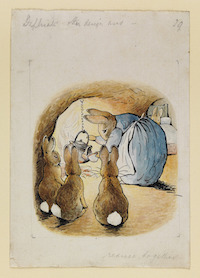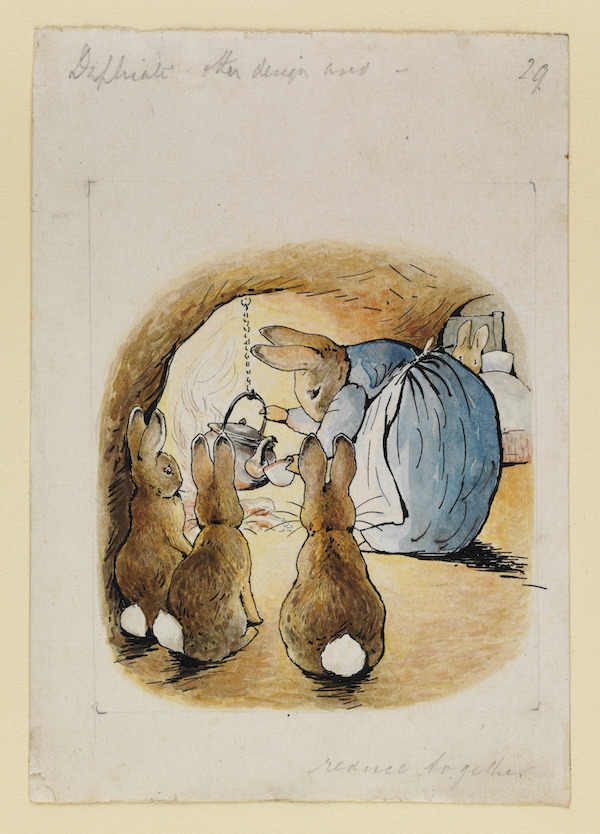
ATLANTA — This fall, the High Museum of Art will present Beatrix Potter: Drawn to Nature, a playful, interactive exhibition that invites visitors of all ages to rediscover one of the most renowned authors of children’s fiction in the 20th century, exploring the places and animals that inspired Potter’s beloved stories including The Tale of Peter Rabbit™, The Tale of Mrs. Tiggy-Winkle and The Tale of Squirrel Nutkin. Through more than 125 personal objects — including sketches, watercolors, rarely seen letters, coded diaries, commercial merchandise, paintings and experimental books — the exhibition will also examine Potter’s life as a strong-minded and imaginative businessperson, natural scientist, farmer and conservationist, a legacy that extends to the present. The exhibition, which is organized by the Victoria and Albert Museum in London, is the latest in the High’s popular series celebrating children’s book art and authors. It will open on Oct. 13 and continue through Jan. 7, 2024.
Born in London, Helen Beatrix Potter (1866-1943) was passionate about animals and the natural world from an early age, and this sparked her career as a world-famous author and illustrator, published by Frederick Warne & Co. since 1902, with her stories remaining in print ever since. Her interest in nature also influenced all other aspects of her life, leading her to significant achievements in both art and science. Drawn to Nature connects key elements of her creative practice, from building characters and observing nature to telling stories and conserving the environment.
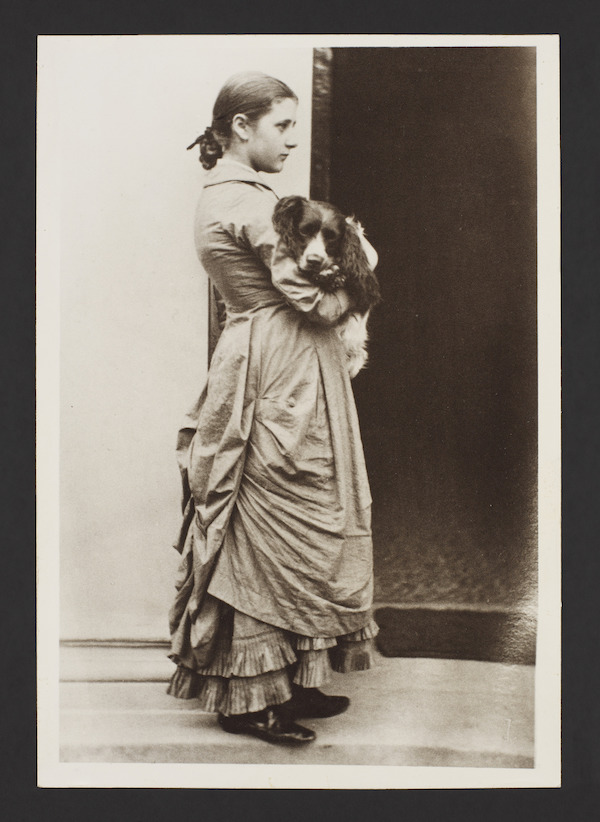
“Beatrix Potter’s singularly creative life offers insights for all ages. This exhibition, part of the High’s longstanding dedication to families and intergenerational learning, is designed to welcome everyone to ask what it means to see with imagination and care for our world, together,” said Andrew Westover, exhibition curator and the High’s Eleanor McDonald Storza director of education.
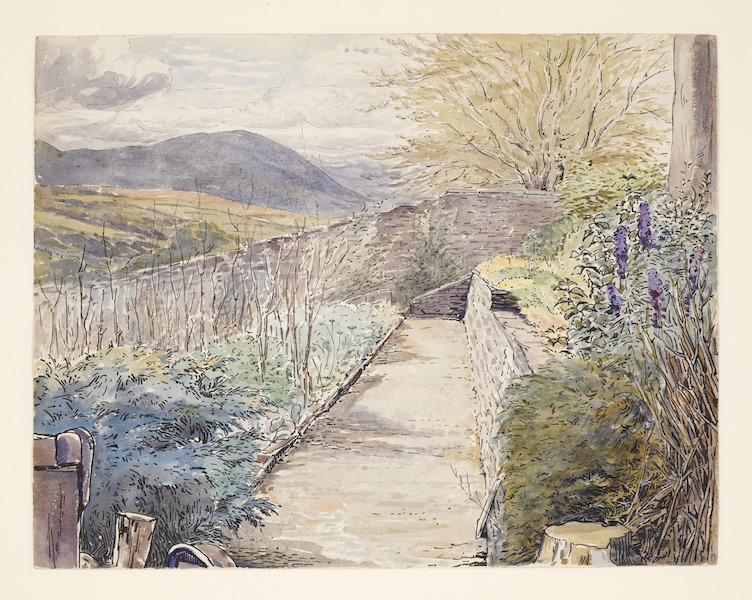
The first section of the exhibition will focus on how Potter developed the beloved characters that inspired her most famous stories, including The Tale of Peter Rabbit, The Tale of Benjamin Bunny and The Tale of Jemima Puddle Duck, among others. She modeled her characters on animals familiar to her, and her stories were informed by her careful observations of nature. These galleries will include many of her initial character sketches and show how she paired human and animal characteristics and added context through clothing and backgrounds to build richly imagined worlds. The second section explores Potter’s scientific observations and will feature a cabinet of curiosities displaying collected objects alongside her realistic nature drawings of animals, insects and fungi created throughout her youth.
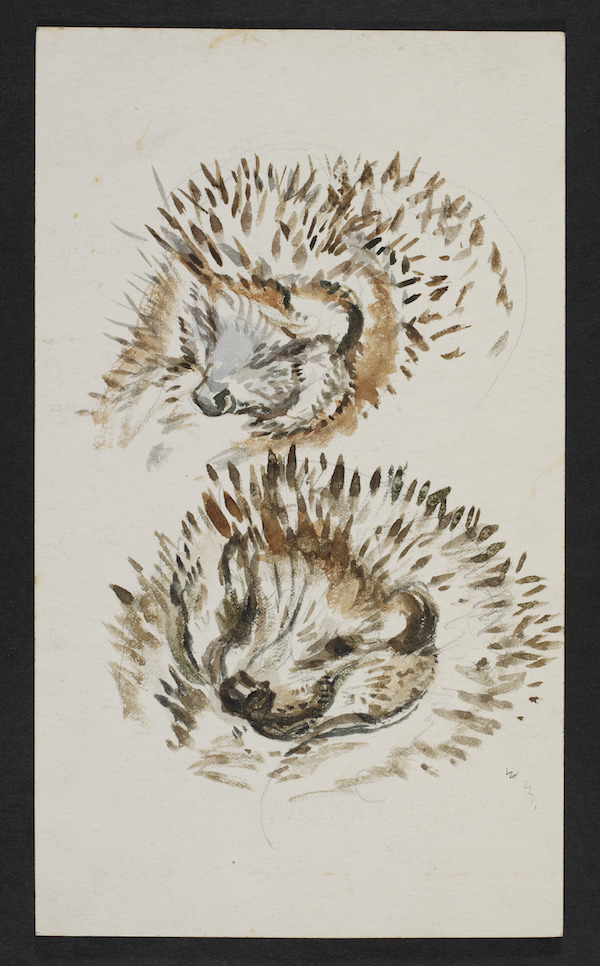
Drawn to Nature will also explore Potter’s extraordinary abilities as a storyteller, illustrator and entrepreneur. From her mid-20s, Potter translated her close observation of animals and nature into intricate pictorial storytelling. Her pets stirred her imagination, and she described and illustrated their antics in letters to children. She also sold holiday cards featuring her drawings and designs. These letters and illustrations became the basis for her stories, and in 1902, she signed a publishing deal. The third section of the exhibition features numerous sketches and finished artworks from her books, including The Tale of Squirrel Nutkin and The Tale of Benjamin Bunny, as well as examples of her illustrated letters, which showcase her skills as an artist and writer. This section will also include a dedicated reading space, a comfortable area to sit and enjoy Potter’s beloved children’s books.
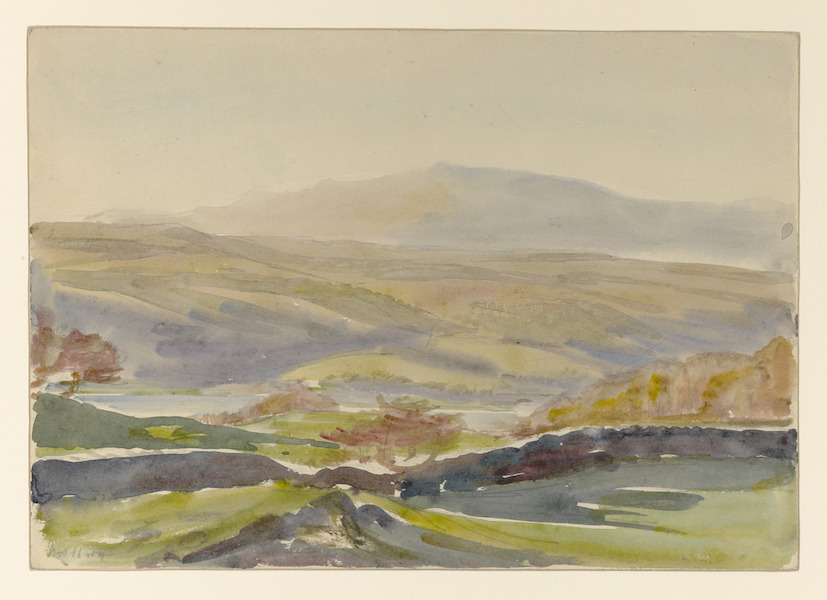
In the exhibition’s final section, watercolors, personal items and drawings underscore Potter’s love for England’s Lake District and her work to conserve its landscape and local farming culture. Following her permanent move there, which inspired many of her children’s books, she recognized how much locals and visitors alike treasured the region. When she saw modern development threatening what made it unique, she used her privilege and position to help protect the area. She built up flocks of Herdwick sheep, which were in danger of dying out, and ensured the landscape would be protected forever by England’s National Trust. On her death in 1943, she left the charity thousands of acres of her own land and 14 working farms.
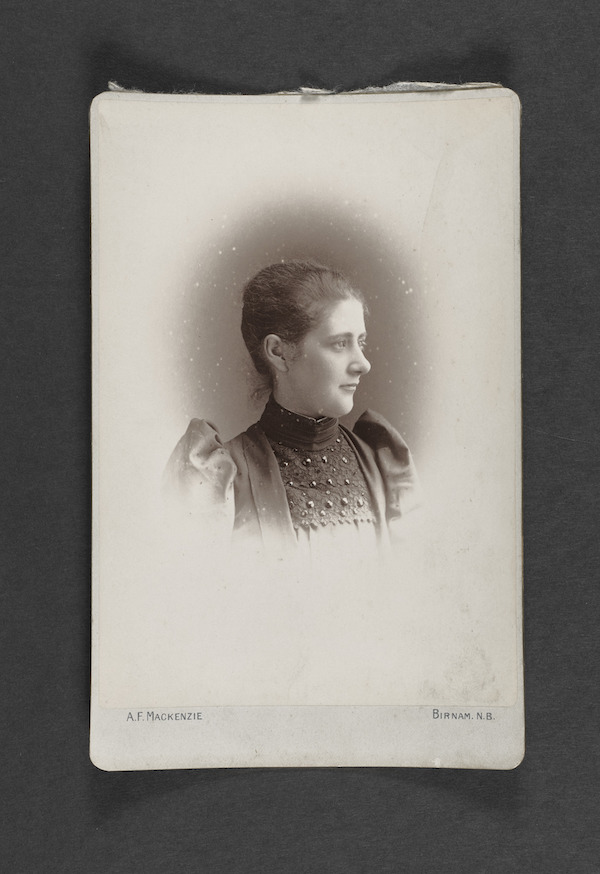
“Above and beyond the delight that Potter’s book characters and illustrations bring to our lives, her creativity as a businessperson, scientist and conservationist can inspire all audiences,” said Westover. “It’s a privilege to share her stories and invite everyone to rediscover a beloved author and her enduring legacy.”
Beatrix Potter: Drawn to Nature will be presented on the second level of the High’s Anne Cox Chambers Wing.
Visit the website of the High Museum of Art and see its dedicated page for Beatrix Potter: Drawn to Nature.


